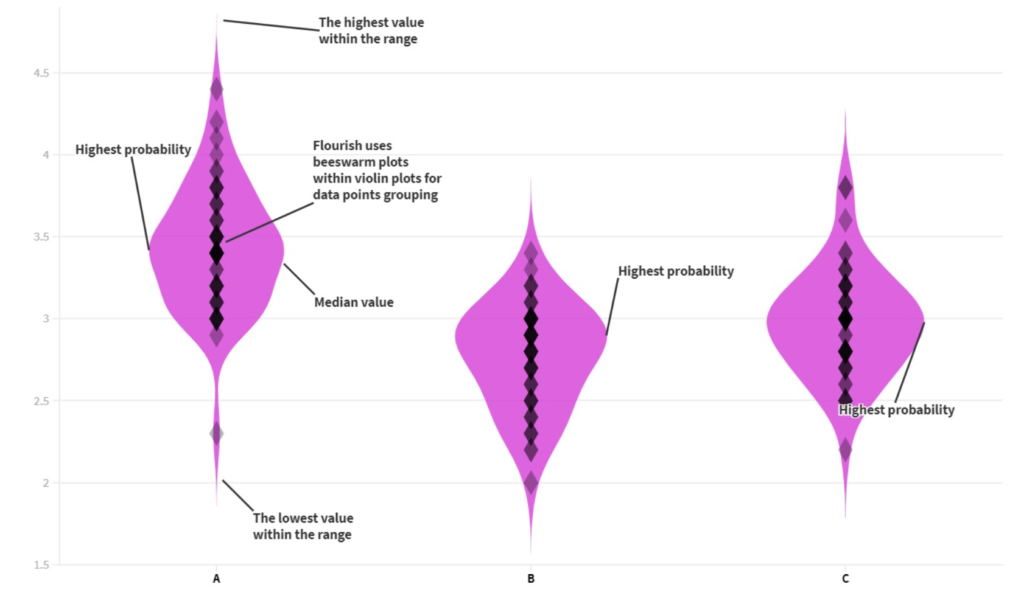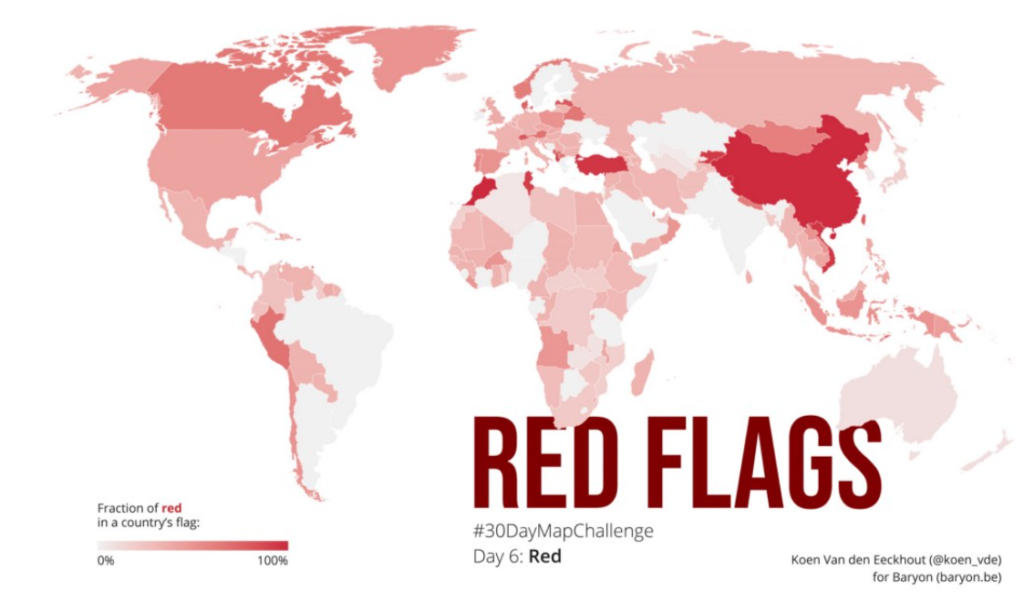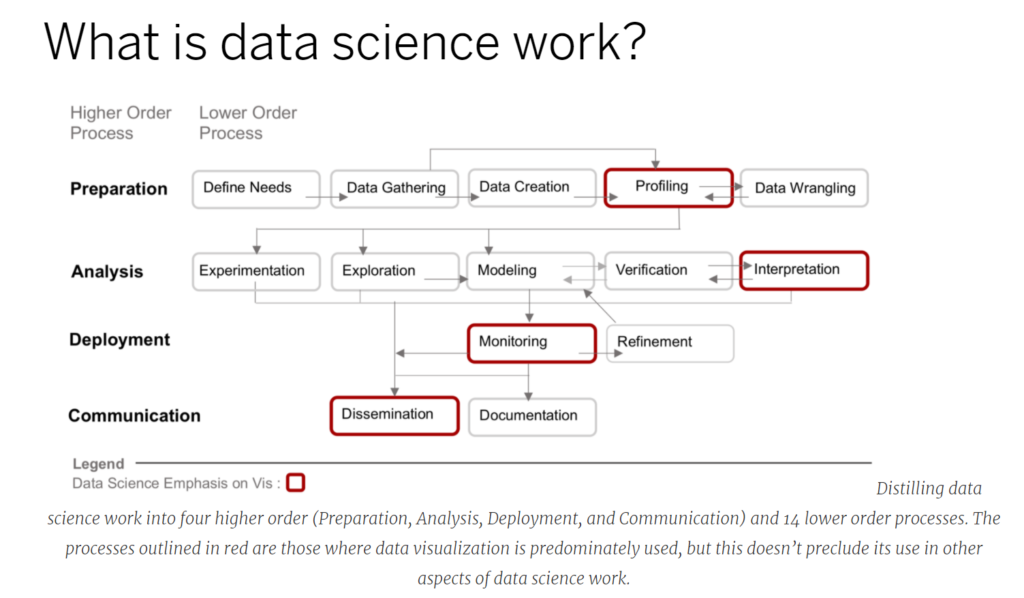Link: https://covidtracking.com/analysis-updates/covid-tracking-project-end-march-7
Excerpt:
Every day for almost a year, hundreds of COVID Tracking Project contributors from all walks of life have compiled, published, and interpreted vitally important COVID-19 data as a service to their fellow Americans. On March 7, the one-year anniversary of our founding, we will release our final daily update and our data compilation will stop. Documentation, analysis, and archival work will continue for another two months, and we will bring the project to a close in May.
….
That we were able to carry the data through a full year is a testament to the generosity of the foundations and firms that gave us the resources we needed, to the counsel of our advisory board, to The Atlantic’s support for our highly unusual organization, and above all to the devotion of our contributors. But the work itself—compiling, cleaning, standardizing, and making sense of COVID-19 data from 56 individual states and territories—is properly the work of federal public health agencies. Not only because these efforts are a governmental responsibility—which they are—but because federal teams have access to far more comprehensive data than we do, and can mandate compliance with at least some standards and requirements. We were able to build good working relationships with public health departments in states governed by both Republicans and Democrats, and these relationships helped bring much more data to into public view. But ultimately, the best we could hope to do with unstandardized state data was to build a bridge over the data gaps—and the good news is that we believe we can now see the other side.
Author(s): Erin Kissane & Alexis Madrigal
Publication Date: 1 February 2021
Publication Site: Covid Tracking Project








